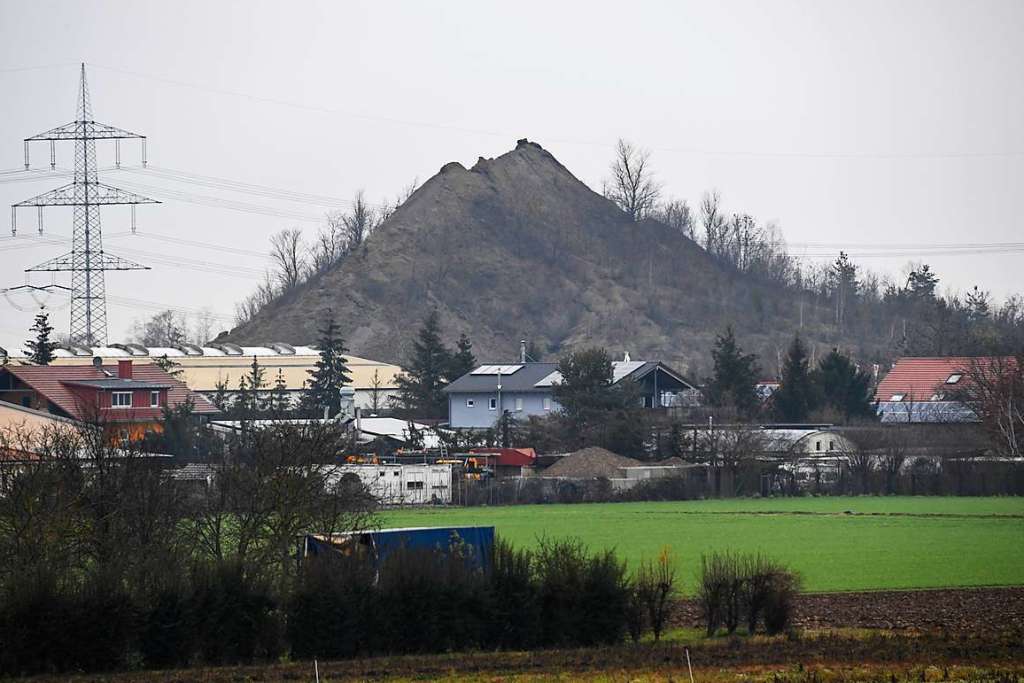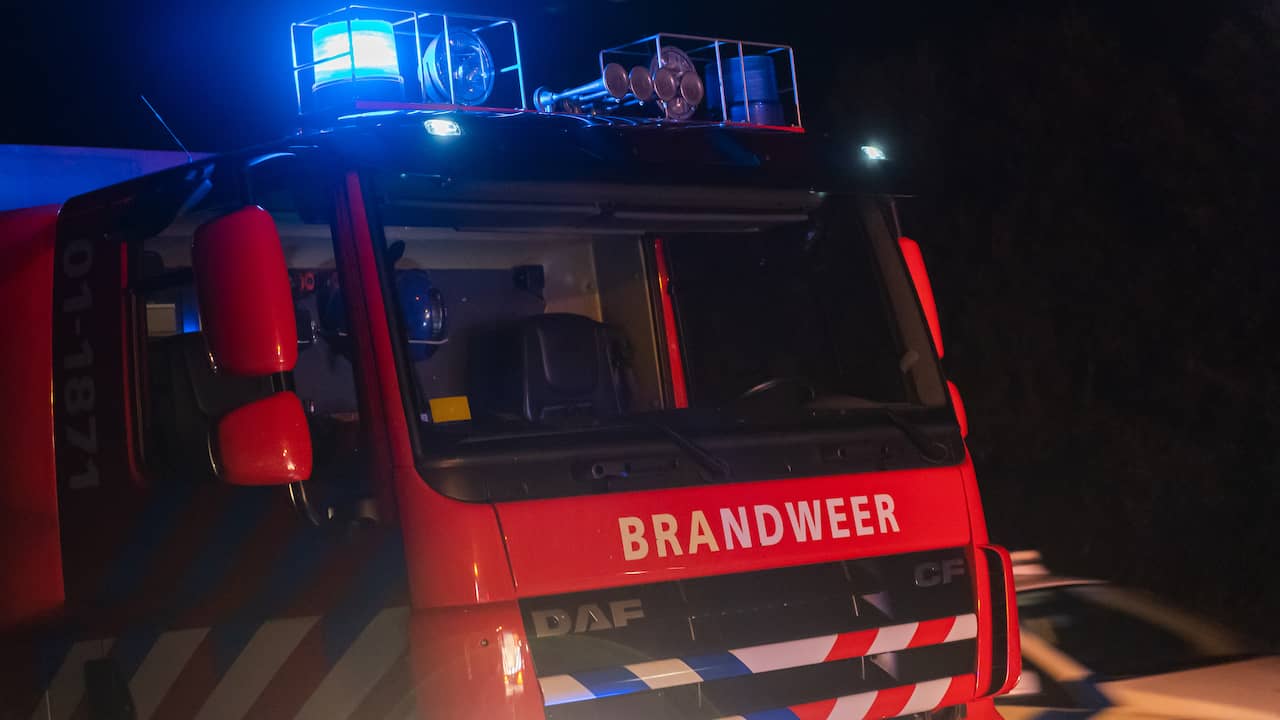When it rains, salts are washed out of the potash dump and pollute the groundwater. Now the owner has to renovate it. The work must be completed within the next eight years.
The waste dump near Buggingen, popularly known as “Kalimandscharo”, has to be rehabilitated – by the mining group K + S. After years of discussion, litigation and protests from environmentalists, an agreement was signed. The costs are estimated at three to four million euros. Potash salt was once mined in Buggingen. Salt is now seeping into the groundwater from the mine dump. “The salt mountain is one of the biggest groundwater problems in southern Baden”, announced the BUND.
“The mining company K + S will renovate the potash dump in Buggingen to prevent further salt entry into the groundwater with a complete cover,” says a press release. The company and the state of Baden-Württemberg, represented by the Breisgau-Hochschwarzwald district office, have agreed on this in an agreement. K + S currently assumes that the renovation can begin next year. The complete cover of the dump should prevent salt from being washed out of the dump when it rains. The group bears the costs completely alone.
The group has a maximum of eight years for restructuring
During the renovation, the potash dump is to be covered with earth-like layers meter-thick. These are then greened, explains Ulrich Göbel, spokesman for K + S when asked about the BZ. In similar projects, it was first ensured that grass grows on the heaps and some plants grow. Also, through the flight of seeds and animals that bring in seeds, a site-adapted vegetation with perennials, low trees and bushes should be created. These plants are supposed to ensure that rainwater cannot penetrate to the rock salt in the first place, but is absorbed by them beforehand, explains Göbel. “The mountain will then look no different than before, just greener,” he clarifies.
The heap will not be a destination for excursions
When the renovation will be finished and how things will go on with the heap, which is still owned by K + S, cannot yet be clearly stated. It is clear, however, that the potash heap will not become a destination for excursions, but rather a natural retreat for animals and plants. The district office of Breisgau-Hochschwarzwald announced that the renovation must be completed within the next eight years after the contract has been signed.
“What is important is the relief of the groundwater, which is now within reach,” adds Gereon Jochmaring, who is responsible for looking after the old locations at K + S. The company is the legal successor of the former mine operator in Buggingen and was therefore called in for the renovation. K + S emphasizes that the renovation is done on a voluntary basis in order to avoid further discussions. “The current signing of the agreement is a great step forward for groundwater protection”, says District Administrator Dorothea Störr-Ritter. Buggingen’s Mayor Johannes Ackermann also welcomes the approach.
BUND had already filed a complaint in 1997
According to its own information, the BUND Südlicher Oberrhein had already filed a complaint against K + S in 1997 because of the groundwater problem. “The current agreement is too late a partial success and a success of continuous pressure,” says Axel Mayer, who was formerly managing director at BUND. Since 2008 it has been clear that the mining group K + S has to renovate at its own expense. But since then there have been permanent negotiations. In the meantime, 2.5 tons of salt per day have entered the groundwater. “If it now means: With the agreement, K + S voluntarily takes responsibility for the consequences of the more than 50 years of mining operations, then that is more than euphemistic,” says Mayer. He is pleased, but emphasizes that progress for the groundwater will only be achieved once the remediation has been completed.
Kalihalde Buggingen
Between 1922 and its shutdown on April 30, 1973, extensive areas of potash were extracted in a mine in Buggingen through three shafts from a depth of around 800 meters. The salty residues resulting from production were deposited over days on a dump on the company premises and remained as a prominent hill after the closure and reuse of the company premises on the edge of today’s industrial area of Buggingen. The dump covers an area of three hectares and has a height of about 40 meters. The Environment Agency in the Freiburg Regional Council reports that 1.6 tons of salt, or more precisely sodium chloride, enter the groundwater from this dump every day. The BUND is even assuming 2.5 tons per day. This means that the legal limit values according to the environmental agency are clearly exceeded. “This discharge into the groundwater would only be reduced very slowly in the coming decades if the dump were not covered,” says spokeswoman Heike Spannagel from the regional council. The gravel and sands of the southern Upper Rhine Graben, which also include the aquifer in the vicinity of the Buggingen dump, represent a drinking water reservoir of supra-regional importance. This is therefore particularly worthy of protection.-
–


